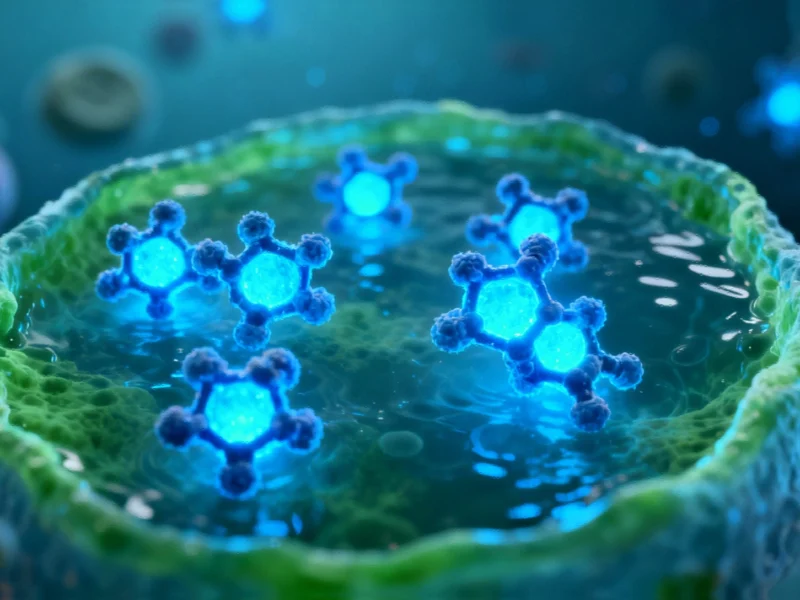New Computational Method Maps Complex Cell Development Pathways Using Single-Cell Data
Scientists have developed a novel computational method that can trace complex branching patterns in cell development using single-cell data. The approach reportedly overcomes limitations of previous methods by applying mathematical concepts from Hodge theory to biological systems.
Breakthrough in Cellular Development Mapping
Researchers have developed a new computational method that reportedly reconstructs complex, multi-branching cell differentiation trajectories using single-cell multimodal sequencing data, according to a recent publication in Nature Methods. The method, called PHLOWER, applies mathematical concepts from Hodge theory to biological systems, enabling scientists to trace how cells develop from progenitor states to specialized cell types through multiple branching pathways.

